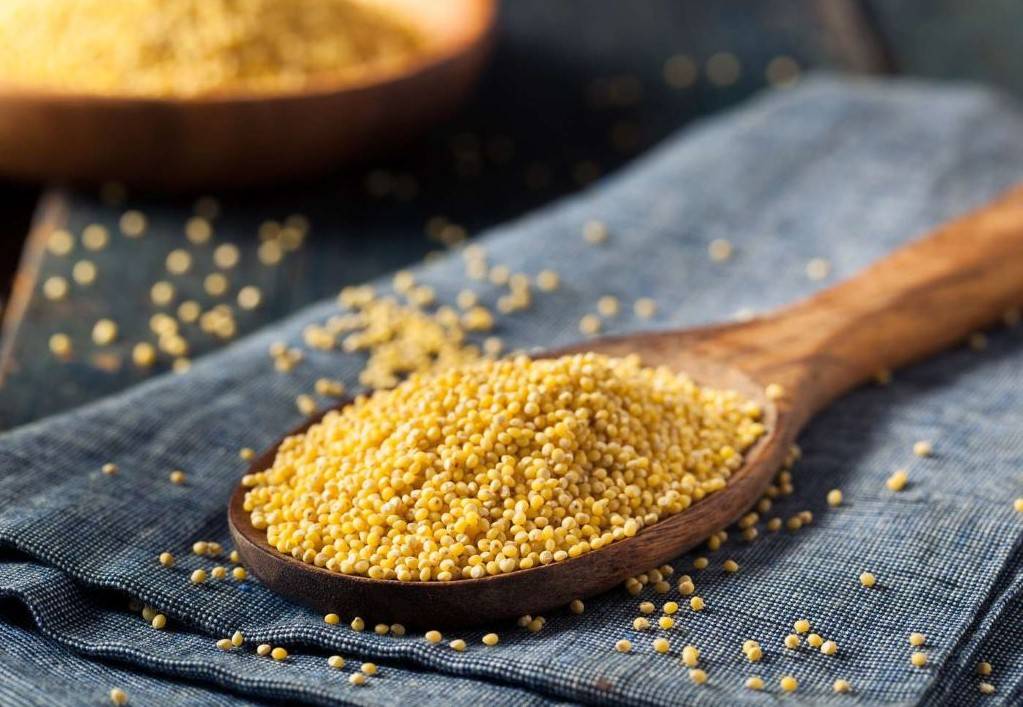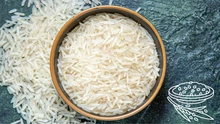
According to sources, the Union Ministry of Consumer Affairs, Food and Public Distribution approved a total of 13.28 lakh metric tonnes of millets and coarse grain, including bajra, jowar, ragi, and maize, to be procured from nine states during KMS 2022-23, with only 17% (2.33 lakh metric tonnes) procured as of February 22, 2023.
In addition, seven of these nine states are ruled by the BJP: Haryana, Karnataka, Maharashtra, Madhya Pradesh, Uttar Pradesh, Gujarat, and Uttarakhand. Tamil Nadu and Andhra Pradesh are the other two. All of these states' procurement of millets and coarse grain has been slower.
According to sources, the millet and coarse grain procurement figure may reach 7.43 LMT during KMS 2022-23, compared to the approved quantity of 13.28 LMT. While no reason was given for the lower-than-approved procurement quantity of millets and coarse grains, the Food Ministry announced Thursday that the "expected" procurement of coarse grains/millets (Shree Anna) is 7.50 LMT during the KMS 2022-23 (Kharif & Rabi) as opposed to the actual procurement of 6.30 LMT during the KMS 2021-22.
According to sources, Karnataka was to receive a maximum of 7 LMT (2 LMT jowar and 5 LMT ragi) of the total approved quantity of 13.28 LMT for millets and coarse grain procurement during KMS 2022-23. However, the ministry now anticipates that millet procurement from the state will remain low - at 6 LMT (jowar 1 LMT and ragi 5 LMT).
Among the other states, Uttar Pradesh is expected to procure only 0.43 LMT of millets and coarse grains, compared to the approved quantity of 1.5 LMT. In Madhya Pradesh, jowar and bajra procurement is expected to remain at 258 metric tonnes per 1.80 LMT.
In Gujarat, maize and bajra procurement is expected to be around 766 metric tonnes, compared to an approved quantity of 30,000 metric tonnes. In Maharashtra, too, the combined procurement figure for jowar, bajra, maize, and ragi is expected to be 1,698 metric tonnes, compared to an approved quantity of 61,075 metric tonnes.
Given the government's emphasis on promoting coarse foodgrains, the slow pace of millet procurement is significant. The millet procurement figure in the most recent KMS (2021-22) was 6.3 LMT. Under the Public Distribution System, the Food Ministry had launched several initiatives to promote millets and coarse grains. This includes increasing the distribution period/shelf life of millets from three to six months for maize, nine months for jowar/bajra, and ten months for ragi.
Despite these measures, however, procurement of millets and coarse grains has remained low. The Centre has now requested that states incorporate millet distribution into government programmes such as the Targeted Public Distribution System (TPDS), the Integrated Child Development Scheme (ICDS), and Mid-Day Meal. This was communicated to the states and union territories by the Union Ministry of Consumer Affairs, Food and Public Distribution at a conference on Wednesday.
Senior food ministry officials expressed their "expectations" from states regarding the increased distribution of millets under various government programmes at a conference of state and UT food ministers.
"Seeing the nutritional benefits of millets, all the States are requested to include millet distribution in TDS/ICDS/ PM-Poshan/ MDM, etc," a Food Ministry official said in a presentation to state ministers.
"Now, in order to make India a global hub for Shree Anna, the Indian Institute of Millet Research, Hyderabad, will be embraced as the Centre of Excellence for sharing best practises, research, and technologies at the international level," Nirmala Sitharaman said.









